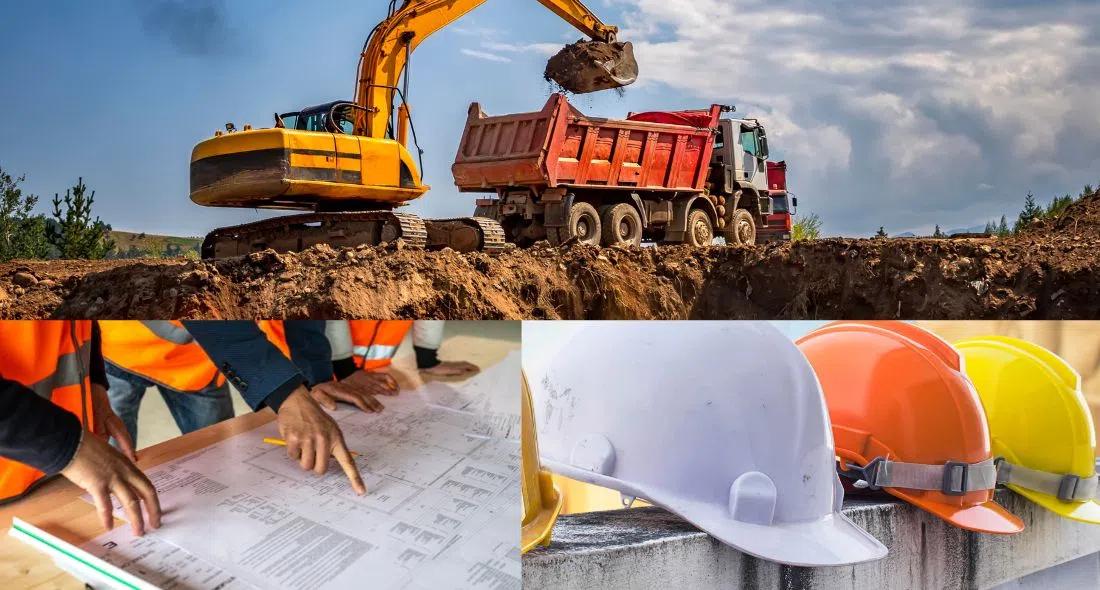
A recent report from the Canadian Construction Association points to wildfires in Jasper and flooding in Toronto to highlight the importance of building infrastructure that can withstand extreme weather events and protect lives. The report also touches on Calgary’s broke water mains this past summer, saying it signals even deeper problems with Canada’s aging infrastructure.
Director of Advocacy and Procurement with the Saskatchewan Construction Association, Ryan Fredrickson, says the industry is working toward reducing its environmental impact and building climate resilience, but support is needed from all levels of government and from other stakeholders. That means increased investment and stronger policies dealing with things like labour shortages and supply chain issues, to ensure the infrastructure is built to last.
Fredrickson states the industry needs assurances from some of their biggest purchasers, like various levels of government, to make sure the funds are there so they can move forward, knowing it may cost more to be climate resilient. “What the assurance allows the contractor to do is invest in what they need in order to build resiliently, whether than means investing in training on new, resilient products or maybe it means investing in materials they are going to use on a job site,” he explained.
An example of working toward resilience is happening in the concrete and cement industry, Fredrickson says. “There is lots of amazing technologies coming out of the concrete sector and if you look at many of the concrete companies around Saskatchewan, a lot of them are moving into more climate resilient concrete mixes.” He believes what is needed now is more investment from the ownership side, knowing it would be a larger up-front cost, but it allows for climate resilience for a project.
Fredrickson calls it future-proofing our infrastructure.























